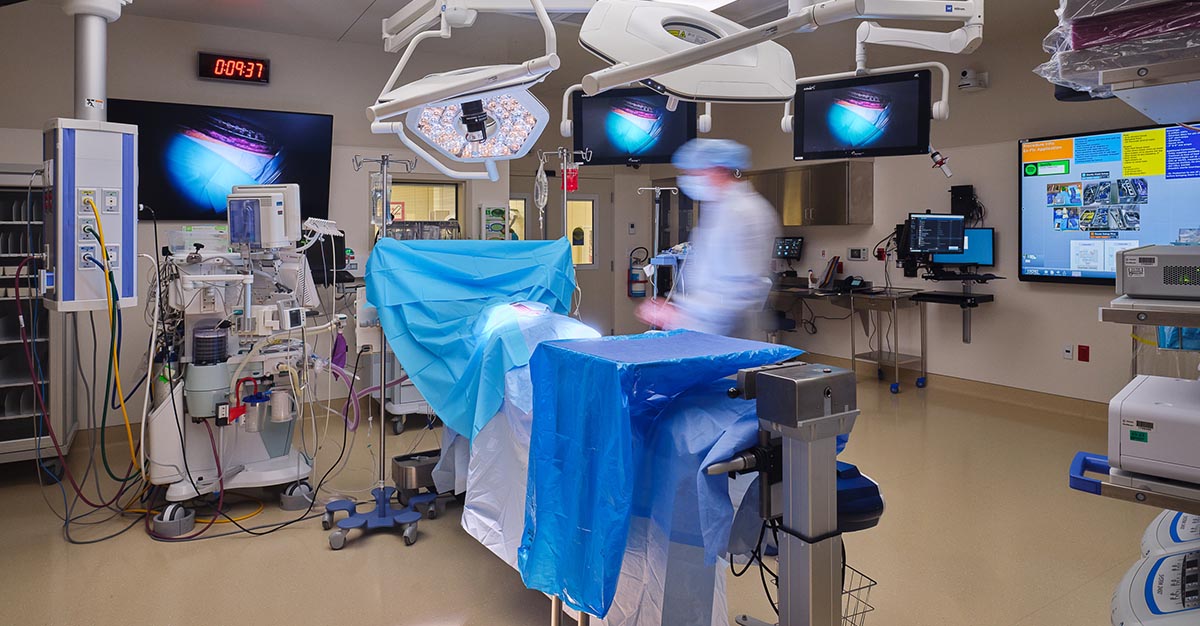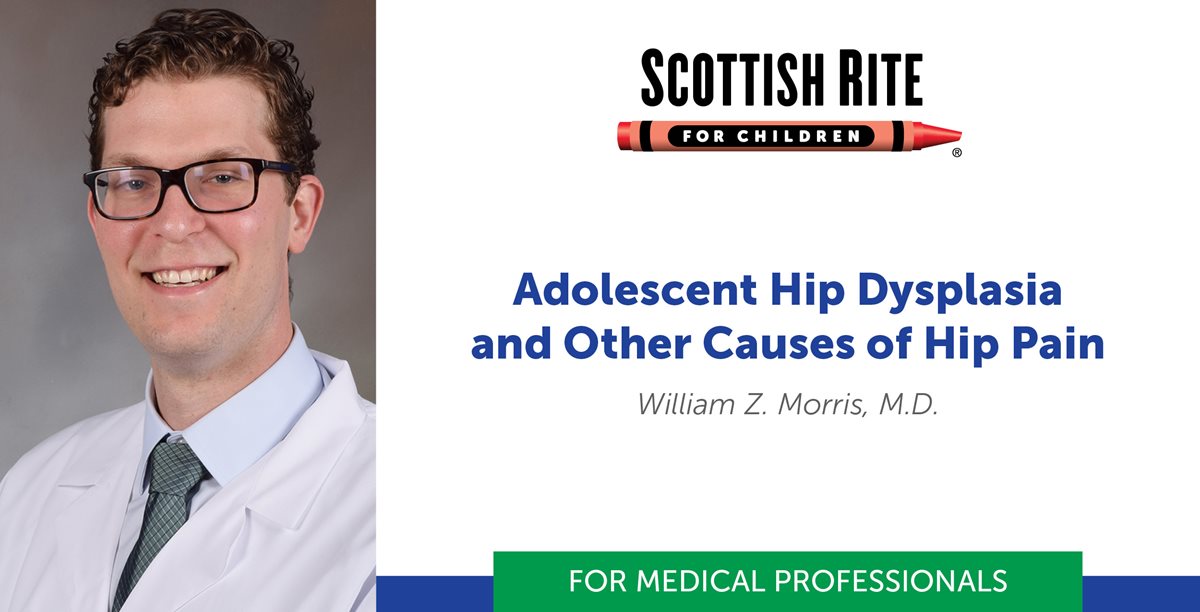William Z. Morris, M.D., knows pediatric trauma and knows what it’s like to be a parent. As a pediatric orthopedic surgeon, his experience in the operating room has led him to raise awareness about some of the risks associated with lawn mowers and ATVs. "I wouldn’t...





